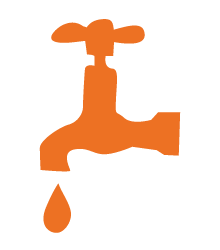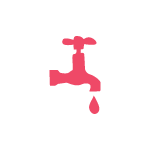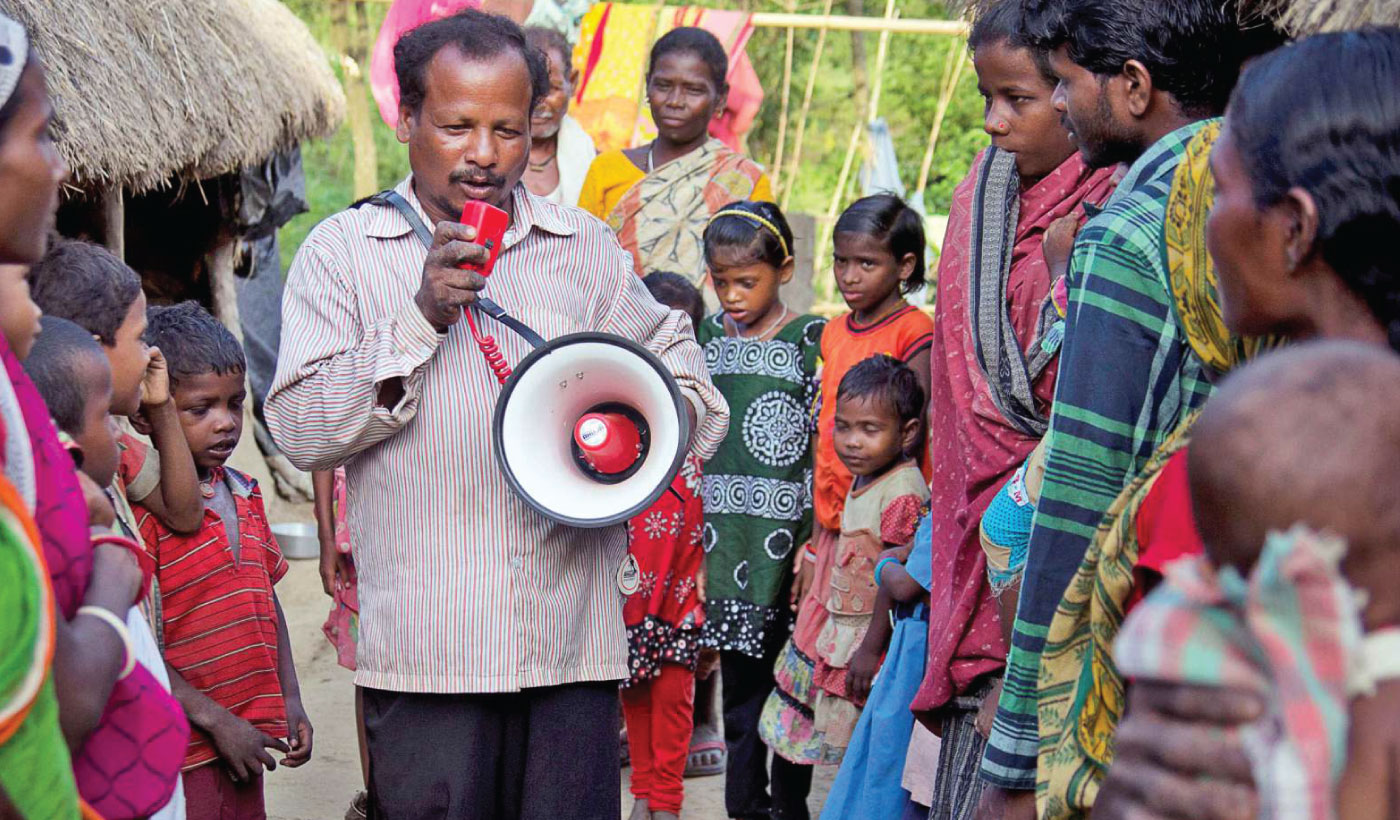HUMANITARIAN AND DISASTER
RISK EDUCATION
Equal Right to Rehabilitation Assistance

Being one of the most disaster prone countries in the world, majority states in India are susceptible to multi-hazard risks. In circumstances like these, people with lesser means are often thrown further into the spiral of poverty, undermining their capacity to recover from social and economic losses.
HUMANITARIAN RESPONSES IN 2014-15:

JAMMU AND KASHMIR FLOODS, SEPTEMBER 2014
280
Death Toll
20 lakh
People Affected
25,000
Villages Affected
45o
Villages Submerged
2,53,000
Houses Destroyed
6,48,000 Hectares
Crop and Land Destroyed
ACCESS TO SAFE WATER
- 200,000 chlorine tablets provided
- 7 water tanks disinfected in hospitals
- 26 water treatment systems repaired
- Water purification system of Lal Ded Hospital in Srinagar rehabilitated
- Water system in Lehlar restored and water provided to 20,ooo people.
- 14 water supply systems installed
- 30 water sources were tested for contamination
- 1109 water filters and 12,000 Oxfam water containers installed

EMERGENCY AND TRANSITIONAL SHELTER
- Over 5000 displaced households receive emergency shelter kit.
- 100 most vulnerable households were supported with transitional shelters.
- 1054 households were provided with smokeless chulas.
- 1189 households received kitchen sets and water storage containers.
- 5500 families received Pheran
- Each family received 8 metres of cloth
- 5000 families in South Kashmir received winterisation material for the harsh winter months.

ASSAM CONFLICT, JULY 2012
Assam is one of the most violence prone states in India, with conflict and crisis happening every year since July, 2012.
RENEWED VIOLENCE IN ASSAM
269 FAMILIES DISPLACED
Baksa Conflict, BTAD: May 2014
10,000 PEOPLE AFFECTED
Assam- Nagaland Border: Aug 2014
1,50,000 PEOPLE DISPLACED
Kokrajhar Conflict, BTAD: Dec 2014
OXFAM's RESPONSE
KARBI ANGLONG
ASSAM-NAGALAND, GOLAGHAT

4,087 reached in relief camps
Cash transfers to 500 vulnerable households

22 gender-segregated emergency toilets installed

19 bathing cubicles constructed
CYCLONE PHAILIN OCTOBER 2013
- - 1.2 crore people were affected by cyclone and subsequent floods
- - Was again hit by floods, slowing down recovery process for cyclone-affected districts.
OXFAM's RESPONSE

Oxfam worked in 27 villages reaching 6,350 families..

Oxfam ensured safe water to
more than 40,000 people.

310 unconditional cash transfers to
most vulnerable families

1,000 families received cash for work support

250 farmers supported paddy seeds and organic fertilizers
JAJPUR and Puri FLOOD RESPONSE
OXFAM's RESPONSE

3,126 families provided
emergency shelter materials.

15,942 people supported with buckets and chlorine tablets for access to clean water.

626 drinking water sources chlorinated
for 14,514 people.

1,625 families provided with timely
dry food ration support.
DISASTER RISK REDUCTION (drr)
Oxfam India strives to prevent and mitigate the impact of future disasters on
vulnerable people living in some of the most disaster-prone
locations in the country.
It helps in building resilient and climate adaptive communities,
who are able to anticipate, minimise and absorb potential stress.
30 Raised Hand-Pumps constructed
in Assam with chlorination facitlities
for 5,670 families

1900 hand pumps chlorinated in the
Post Flood Period in Assam, Odisha, Bihar and
Uttar Pradesh for 10,000 people.

Strengthening our core competencies. Oxfam is known worldwide for responding to emergencies with Water, Sanitation and Hygiene (Wash) interventions and is quickly developing competencies in Emergency Food Security and Vulnerable Livelihood (EFsVL). Over the years, Oxfam has developed simple but effective solutions to respond to urgent needs of disaster affected communities.

Oxfam's standard hygiene kit in emergency response includes blankets, foam sheets, bedding material, and items of necessity for a family during an emergency.

Pre-positioned stocks in key locations to ensure timely & immediate response to emergencies, Oxfam stores some essential stocks such as buckets, tarpaulins, ground sheets, latrine slabs in warehouses of our local partner NGOs in 5 high risk states (Assam, Bihar, Odisha, Uttar Pradesh, and West Bengal). Oxfam's current contingency stock can easily cover about 60,000 people when faced with an emergency.

The Oxfam bucket provides two buckets per family during anemergency response. The Oxfam bucket is made of High Density Polyethylene (HDPE) , weighing 800 grams, and with a capacity of storing 14 litres of water. It has white base to help spot any contamination and an airtight lid to prevent entry of contaminants. The rounded edges of the bucket make it easy to clean.

Latrine Slabs:
Our pre-positioned latrine slabs in key locations ensure that
Oxfam's public health engineers can install an emergency
toilet within two days! Following internationally agreed
SPHERE standards, these community/shared emergency
toilets can provide sanitation facilities to 15 families.

Food security and livelihood interventions. It is vital for people to have sufficient food and resources to rebuild their livelihoods. Oxfam's Food Security and Livelihood interventions range from cash transfers to in-kind responses and from agricultural support to social protection, depending on the context. Emergency Market Mapping Analysis (EMMA) toolkit, developed by Oxfam and the International Rescue Committee (IRC), has been designed to provide a rapid and realistic analysis in sudden crises.

Oxfam allocates catastrophe funds to be able to take immediate action when a disaster strikes. That means, that within 48 hours, we can move our life saving pre-positioned stocks from our warehouses to the location of disaster, and trained Oxfam staff can be deployed to emergency locations.

LOKNATHPUR EMERGES UNBEATEN FROM CYCLONE PHAILIN
In 2007, Loknathpur in Odisha was one of the worst affected villages suffering widespread loss due to floods. Oxfam with local NGO Unnayan, began a disaster risk reduction campaign with the community of Loknathpur to establish a culture of safety and timely preparedness in the face of potential disaster. Today, the village has been revived considerably through a 'Cash-for-Work' programme. Latrines and bathing cubicles were installed as a part of the hygiene promotion campaign. Early warning systems, information, dissemination and communication, relief management, search and rescue and sanitation/first aid posts were set up. When on October 10, 2014, cyclone Phailin was predicted, all the best practices were expedited immediately. While Oxfam and Unnayan, provided all the essentials, the community could effectively help themselves. Loknathpur is proof that if equipped well with knowledge and necessities, even cyclones cannot deter human spirit.


